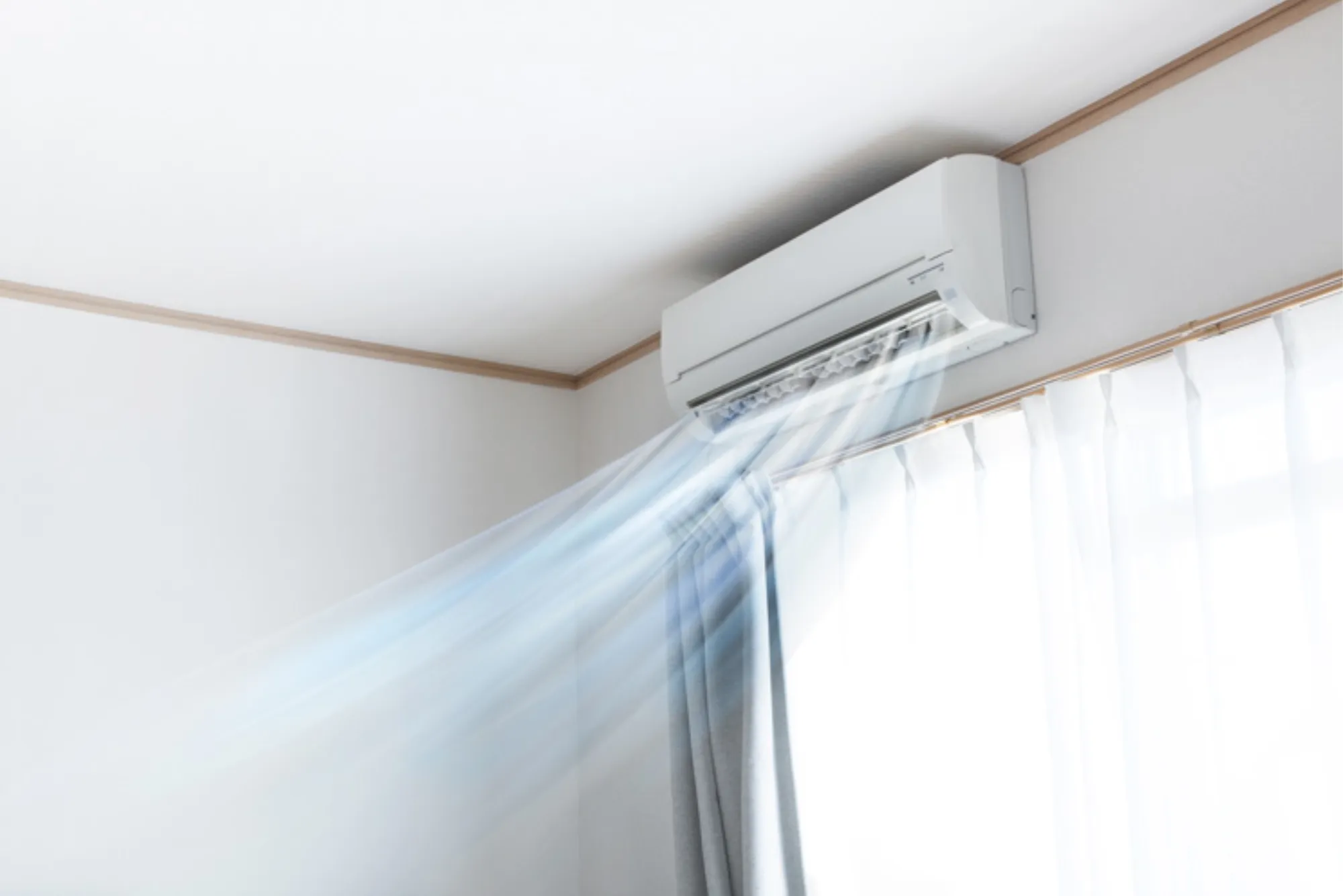Proper airflow is crucial for maintaining the efficiency and performance of an air conditioning system. Poor airflow leads to uneven cooling, higher energy bills, and potential damage to the unit. Whether you have a residential or commercial setup, improving AC airflow enhances comfort and extends the lifespan of your system. Understanding the factors that impact airflow and adopting the right maintenance practices can make a significant difference.
Understanding the Importance of Proper AC Airflow
Airflow is the movement of conditioned air through your HVAC system and into your living or working spaces. When airflow is restricted, your air conditioner works harder to push air through the vents, increasing strain on the unit and reducing its cooling efficiency. Proper airflow ensures balanced temperature distribution, lower energy consumption, and improved indoor air quality.
Signs of Poor AC Airflow
Recognizing airflow issues early can prevent costly repairs. Common signs include:
- Weak air coming from vents
- Hot and cold spots in different rooms
- Increased humidity levels indoors
- Strange noises from the ductwork
- Higher-than-usual energy bills
If you notice any of these issues, taking action to improve airflow is essential.
Common Causes of Restricted AC Airflow
Several factors can contribute to poor AC airflow. Identifying and addressing these issues helps in optimizing system performance.
Clogged or Dirty Air Filters
Air filters trap dust, debris, and allergens, preventing them from entering your AC system. Over time, they become clogged, restricting airflow. Replacing or cleaning filters every one to three months ensures unrestricted air circulation.
Blocked or Leaky Ductwork
Ducts distribute cooled air throughout your home or office. Blockages from dust buildup, pest infestations, or collapsed sections can significantly reduce airflow. Leaks in ductwork allow cool air to escape before reaching the intended rooms, leading to inefficiency.
Incorrect AC Unit Size
An undersized AC system struggles to cool a large space, while an oversized unit short-cycles, leading to uneven cooling. Consulting an O General AC supplier ensures you get the right system size for your space, improving airflow and efficiency.
Obstructed Vents and Registers
Furniture, curtains, or rugs placed over vents block air circulation. Ensuring vents are open and unobstructed allows air to flow freely throughout the space.
Malfunctioning Blower Motor
The blower motor pushes air through the ducts. A faulty or aging motor slows airflow, affecting cooling performance. Regular maintenance prevents sudden breakdowns and ensures smooth operation.
Practical Ways to Improve AC Airflow
Enhancing your AC’s airflow involves simple maintenance steps and professional solutions. Implementing these practices helps maximize efficiency and comfort.
Regular Filter Maintenance
Changing filters regularly keeps airflow unobstructed and prevents dust buildup inside the system. High-efficiency filters enhance indoor air quality while maintaining proper ventilation.
Duct Inspection and Cleaning
Having your ducts professionally inspected and cleaned removes dust, mold, and other obstructions, restoring optimal airflow. Sealing duct leaks further prevents energy loss and improves performance.
Upgrading to a Smart Thermostat
Smart thermostats adjust cooling based on occupancy and ambient conditions, ensuring efficient airflow distribution. Features like scheduling and remote control optimize performance.
Optimizing Vent Placement
Rearranging furniture and ensuring vents remain open improves circulation. If airflow issues persist, consulting an O General AC UAE specialist helps identify the best solutions.
Professional AC Servicing
Routine maintenance from a qualified technician includes checking refrigerant levels, cleaning coils, and tuning up components to enhance system airflow and efficiency.
Choosing the Right AC System for Optimal Airflow
Selecting an efficient air conditioning system is essential for maintaining consistent airflow. Understanding different types of AC units helps in making an informed choice.
Split Air Conditioners
Split ACs offer efficient cooling for individual rooms with quiet operation. Proper installation ensures balanced airflow, preventing hot or cold spots.
Ducted AC Systems
Ideal for large spaces, ducted systems provide even cooling throughout multiple rooms. Well-designed ductwork ensures seamless airflow distribution.
Energy-Efficient AC Models
Modern ACs with inverter technology adjust cooling power based on demand, improving airflow and reducing energy consumption. Investing in an energy-efficient model saves money in the long run.
The Role of Professional AC Suppliers
Working with a trusted O General AC supplier ensures you get the right system tailored to your needs. Reputable suppliers provide:
- High-quality AC units with advanced airflow features
- Expert installation to optimize efficiency
- Maintenance services to keep your system running smoothly
- Energy-saving solutions to reduce operational costs
A reliable supplier guarantees long-term performance and comfort by offering professional guidance and after-sales support.
For expert insights on AC systems and installation solutions, visit Ground Facts for valuable industry updates and recommendations.
Conclusion
Ensuring proper AC airflow is crucial for maintaining efficiency, comfort, and energy savings. Regular maintenance, duct inspections, and professional servicing significantly improve airflow. Choosing the right AC system and working with a reputable O General AC UAE supplier enhances cooling performance while reducing operational costs. By taking proactive measures, you can enjoy consistent comfort and long-term reliability from your air conditioning system.








